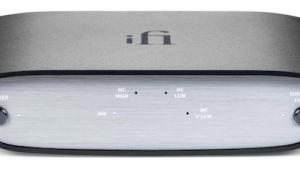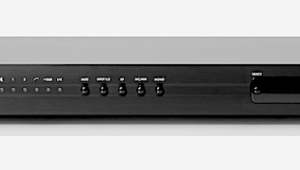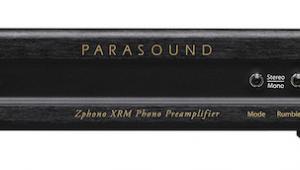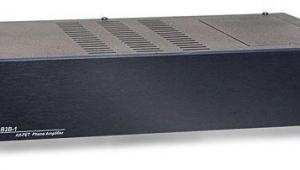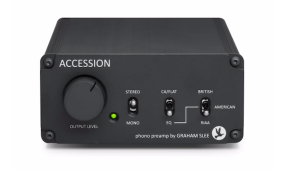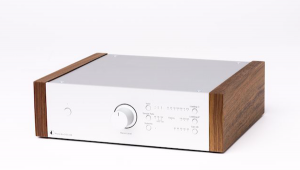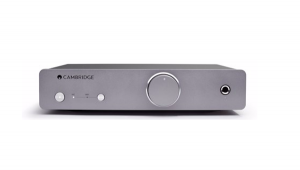Hi Michael.
I reviewed the iPhono 3 BL on Agon after putting ~1,370 hours on the unit. My other stages are the AMR PH 77 and Luxman EQ 500. My thoughts read almost identical to yours. In fact just before I’d found out you posted this review, which I have been awaiting, I wrote “ Sometimes I still have a hard time believing this unit is producing the results I’m hearing.”. It is that good!
Far as gain goes, I think you intended to type 48db, not 45 :)
Very nice review sir!























